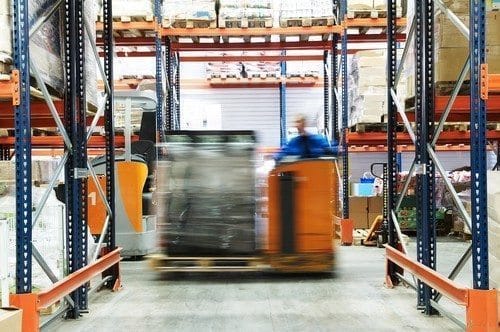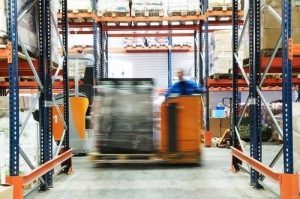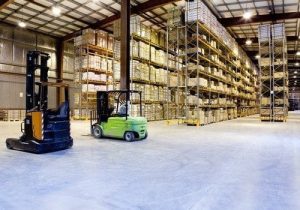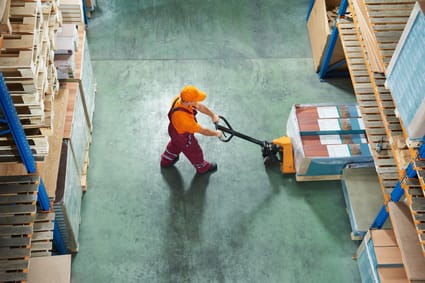
As healthcare costs continue to spiral, companies are focusing on preventive measures to help reduce injuries and illnesses. In many cases, government agencies are offering financial incentives as encouragement for employers to implement workplace safety measures.
Promoting Ergonomic Safety in the Workplace
North Dakota administers an ergonomic initiative through the state’s Workplace and Safety (WSI) agency. The goal is to reduce the number of cumulative trauma injuries, which make up 35 percent of claims that were reported in North Dakota over the last five years.
One part of the initiative provides for a safety grant to be issued to qualified employers who participate in the program.
• The process begins when an employer submits an application.
• Once the application is approved, the employer selects a provider from the WSI network to perform an on-site assessment to identify problems, make recommendations and conduct training.
• If any equipment is recommended during the assessment, the employer completes the second part of the application requesting a safety grant.
• Upon approval of the application and completion of signed agreements between both parties, the employer purchases the equipment and submits the paid invoice for reimbursement.
Could You Use Your Safety Grant to Purchase a Dumpster Mover?
Many workplace injuries happen when moving heavy dumpsters by hand. One of our clients explains that a dumpster mover from DJ Products allows this task to be completed by a single person, so it’s like “having another employee on staff.”
Don’t let workplace injuries compromise employee productivity. Visit our website and let our friendly sales engineers help you find the right solution from our comprehensive selection of battery-powered movers and tugs.















